Extraction and application of hand-made study course to find the appropriate extraction ratio.
Both the book and the teacher have said that the factors that affect the extraction are probably: the amount of powder, the thickness of grinding, the temperature of water, and the size of water flow. Fine grinding, high water temperature and low water flow can increase the extraction rate and make the coffee concentration thicker. Generally speaking, beginners are just beginning to extract all kinds of coffee in this way for fear that the flavor of the extract is not enough.
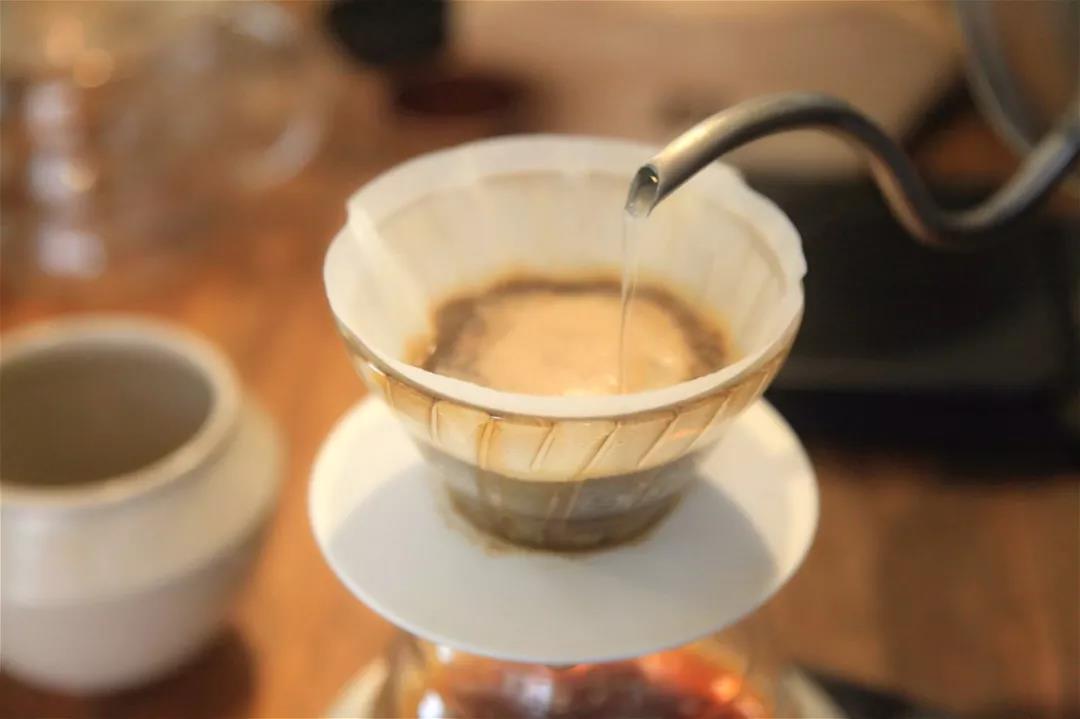
But as more and more items are brewed, various roasters and different roasting degrees, you will find out why some coffees are not so perfect. Why do some stores grind the low-temperature water when they make coffee? It used to be said that the higher the temperature, the more bitter it is, and the lower the temperature, the more sour it is. But now light-roasted coffee will only get sour with the higher the temperature.
In fact, it has something to do with the solubility and saturation of coffee ingredients. Some ingredients in coffee dissolve faster because of the higher temperature. Since some ingredients dissolve faster, they dissolve more slowly than others.
On the other hand, in the case of low temperature, the components that dissolve quickly at high temperature will slow down, and other ingredients will be dissolved quickly.
That. Which ingredients will be dissolved quickly at high temperatures? Which ingredients will be dissolved in the second half? In fact, the conditions of each coffee bean are different, you can try: the extraction of a cup of coffee is divided into the first half and the second half, that is, into two cups.
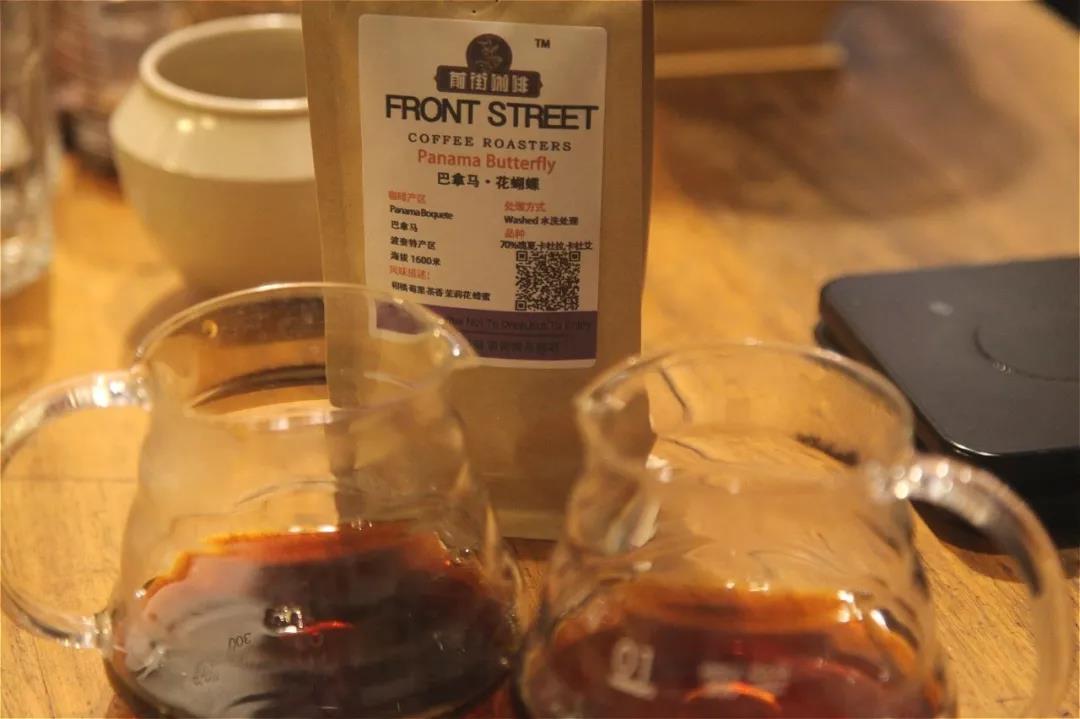
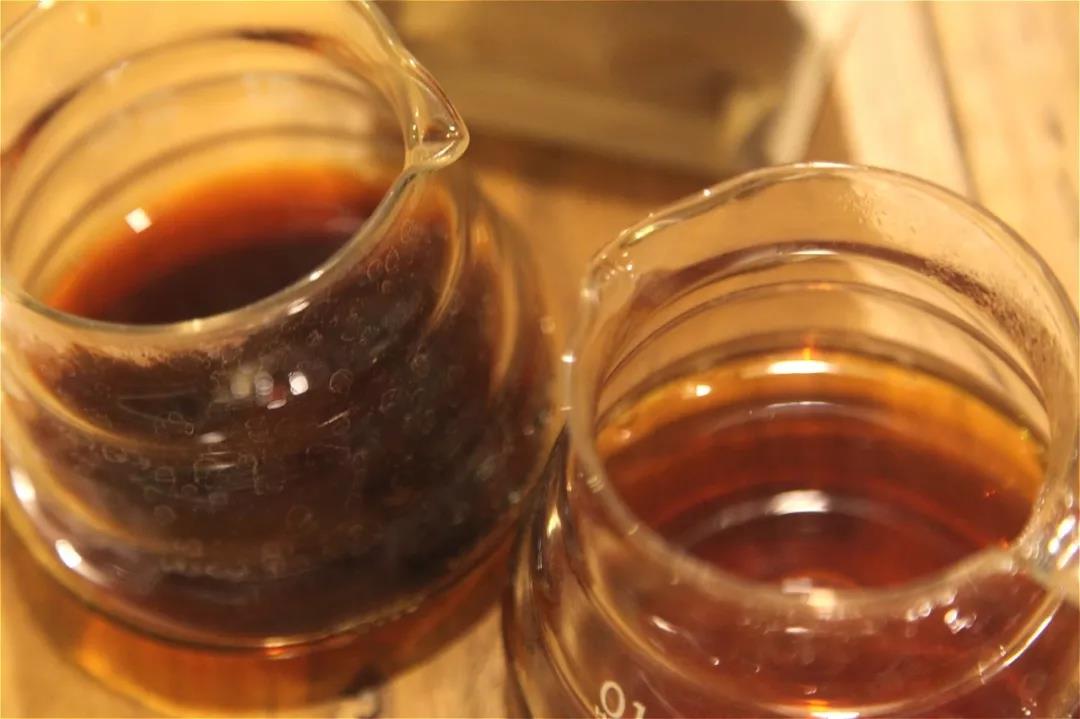
In the case of shallow roasted coffee beans (take the flower butterfly as an example, please refer to the Panamanian butterfly for detailed parameters), the first half is mainly sour, while the second half is mainly sweet and greasy. That is, the dissolution rate of sour ingredients is relatively fast, while the dissolution rate of sweetness and oil is relatively slow.
Back to the conditions that affect the extraction mentioned at the beginning, too much powder, fine grinding, high water temperature and fine flow are all the conditions to enhance the flavor of the first half of the extraction. What about the second half? Of course, the proportion will be very small, and sometimes it will feel empty in the second half of the drink, and the sense of balance of the whole cup of coffee will disappear.
Why is light roasted coffee so sour? Some people say that it is because the shallow baking retains the acid and more ingredients, which makes it so sour. Isn't it supposed to be sour, sweet, smooth and balanced? Then. What about sweetness and grease? Because the powder is too fine, the water temperature is high and the water flow is slow. If you try to reduce the extraction concentration of the first half, you will get the flavor of the second half. But if the health is too low, you will only get a cup of sweet water.

The degree of roasting and the length of baking time will affect the weight loss ratio of coffee. The water content in raw beans is about 11%, and the water content after baking is about 2%. So the weight loss ratio of water is about 9%, the weight loss ratio of raw beans to cooked beans is about 13% mi 17%, and the proportion of deducting water is 9%, so the weight loss of other ingredients of coffee beans is about 4% mi 8%. That is, there is a 4% difference in composition. It doesn't seem to be much different, right?
In fact, it is much worse ~ so. Some deep baked beans need 1:13 extraction ratio to taste good (such as Blue Mountain, for more information, please see [Evaluation] Rose Summer VS Blue Mountain flavor comparison | Coffee workshop study classroom), while some shallow baked beans need 1:18 or even 1:20 extraction ratio to balance.
Roughly speaking, the soluble substance of coffee is about 30%. Among them, 20% are the good ingredients that we want to extract, and the other 10% are the mixed and astringent ingredients in the latter part. But there are always exceptions. If there are coffee beans with even 10% flavor at the back, should they also be extracted to make a cup of coffee with a complete flavor?
Try to break open the powder bed after brewing a cup of so-called boutique coffee to see if the coffee powder still has an aroma.
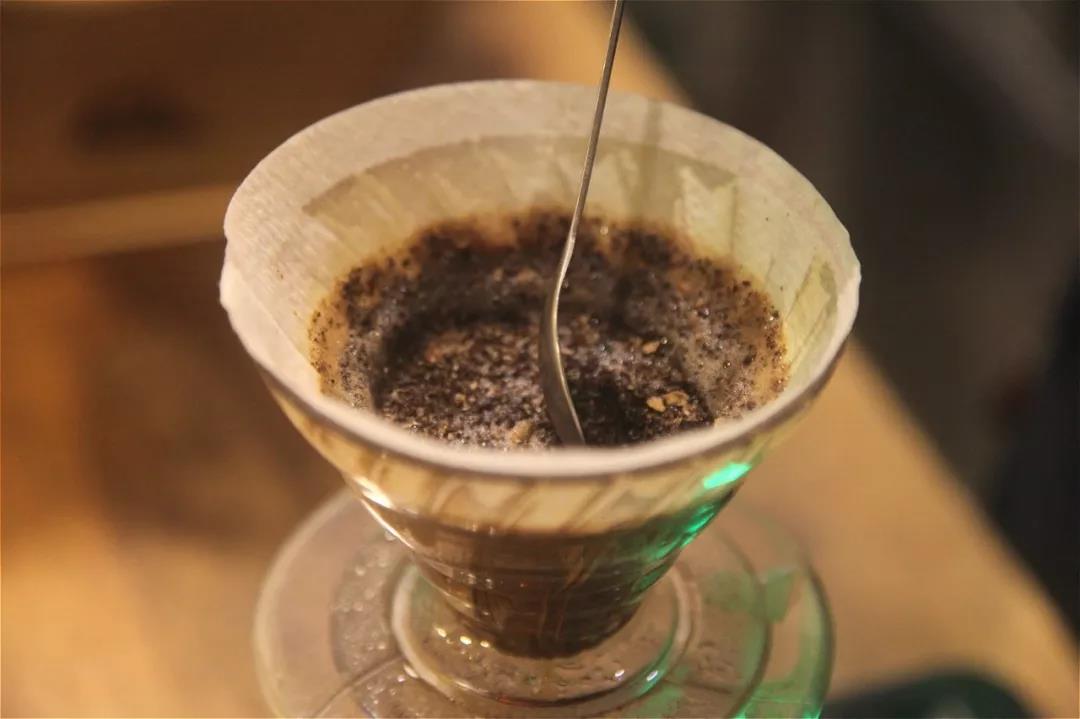
If so, try injecting hot water with the same amount of powder to see what it tastes like.
If it still tastes good, pour it into the previous cup of coffee and see if the taste is more complete. Then smell the coffee powder to see if it still has an aroma. Repeat so that you feel that there is a bad taste, so that you can know what the extractable rate of this boutique coffee is, or how much water powder to extract is a more balanced flavor and taste.
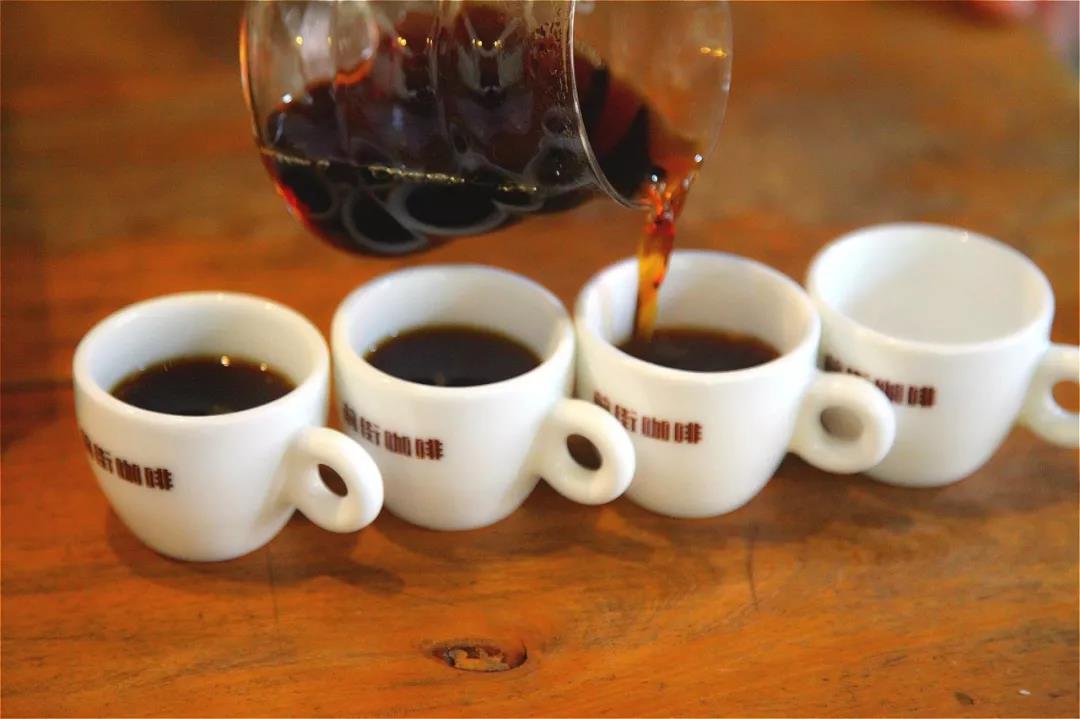
Finally, coffee powder doesn't have to be too much, grinding doesn't have to be fine, water temperature doesn't have to be high, water flow doesn't have to be fine, of course, coffee doesn't have to be strong.
Important Notice :
前街咖啡 FrontStreet Coffee has moved to new addredd:
FrontStreet Coffee Address: 315,Donghua East Road,GuangZhou
Tel:020 38364473
- Prev
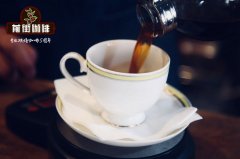
What is the red wine treatment of Panamanian Hartman coffee? What is the anaerobic fermentation of coffee?
Professional coffee knowledge exchange more coffee bean information please pay attention to the coffee workshop (Wechat official account cafe_style) red wine treatment, once became a hot discussion in the industry. In the process of coffee fruit to raw coffee bean treatment, fermentation will occur more or less, whether it is washing treatment, honey treatment, or sun treatment will undergo this chemical change.
- Next
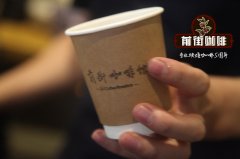
Collection of questions and answers for beginners in coffee | how many circles does the milk coffee merge around? What is the status of hand-brewed coffee powder?
Professional coffee knowledge exchange more coffee bean information please follow the coffee workshop (Wechat official account cafe_style) Hello, everyone, for a long time did not share the rookie Q & A collection, today the editor brought you a few novice or rookie questions and answers, let's learn and exchange ~ first let's take a look at the first question, why Manning Coffee
Related
- What is the meaning of lactic acid fermentation with coffee bean treatment?
- How to judge the state of foam by sound?
- How does the latte pull out the unicorn pattern? Come to get for a little trick to improve the flower pull!
- Will flower pulling affect the taste of the latte?
- Do you know the history of coffee?
- The difference between honey treatment and sun washing what is raisin honey treatment?
- What kind of milk can a novice use to make coffee foam to keep the foam longer? The correct method and skills of milking tutorial sharing
- Why do washed coffee beans taste sour? Flavor characteristics of washed Coffee
- Introduction to the skill of how to practice the size and height of water injection around the circle of hand-brewed coffee
- How do beginners practice coffee flower drawing from scratch?

